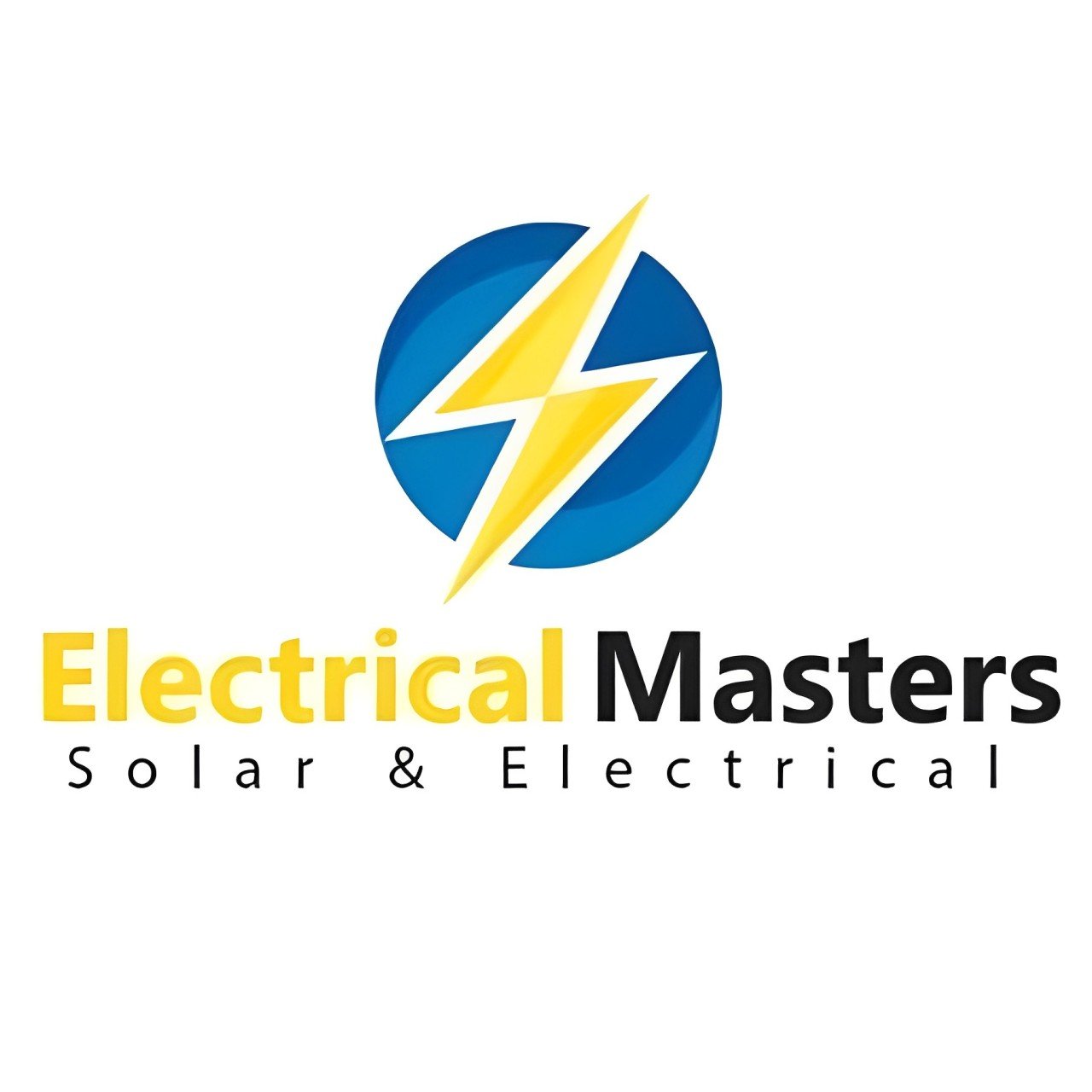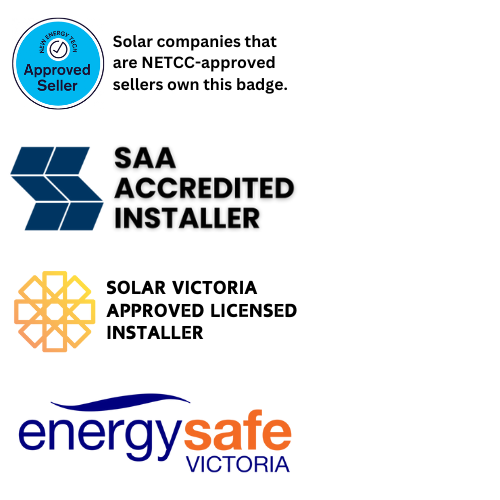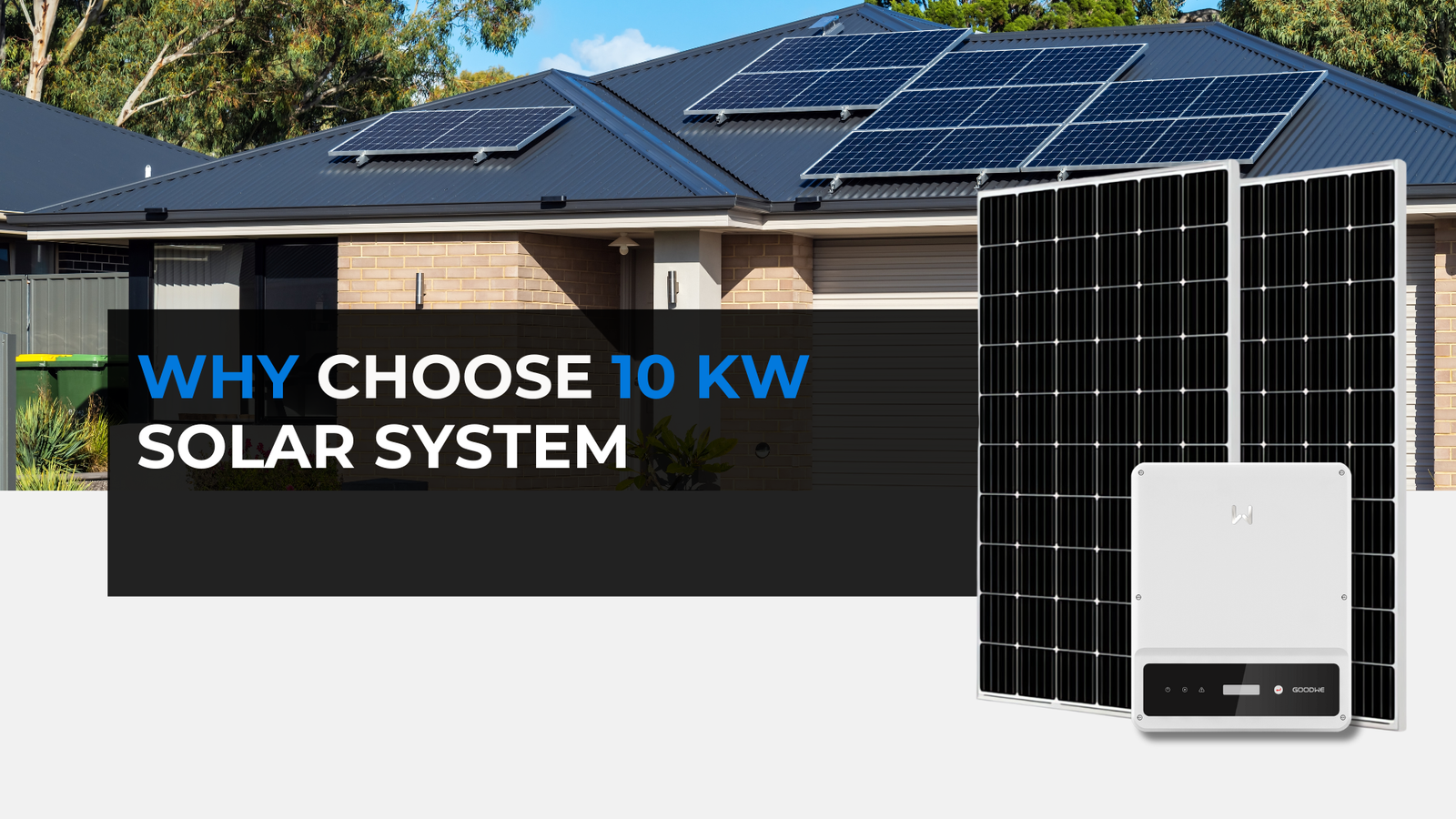
10kW Solar Power System
A 10kW solar power system is one of the most effective and cost-effective options for supplying energy to bigger residences and small enterprises. Electrical Masters specialises in high-quality solar systems that focus on optimising your energy independence and cost savings. This article provides comprehensive information on selecting a 10kW solar system, including its cost and installation, to facilitate your transition.
Get a Free Quote

Understanding a 10kW Solar System
A 10 kilowatt solar system is a medium residential solar setup capable of generating significant electricity throughout the year. A 10kW system typically generates between 38 and 45 kWh daily, depending upon location and sunshine exposure in Australia.
This output is optimal for residences with increased energy use or enterprises functioning throughout daytime hours. A 10kw solar power system, when built by reputable specialists such as Electrical Masters, may significantly decrease your energy expenses and carbon emissions.
How Many Solar Panels for a 10kW System?
One of the most commonly queries customers ask is: “How many solar panels for a 10kw solar system?”
The answer depends on the kind and efficiency of panels used.
Typically, a 10kw solar system needs between 22 and 28 solar panels, each rated about 370–460 watts. The overall roof area required normally varies from 45 and 55 square metres.
At Electrical Masters, we examine your roof design, shading, and orientation to guarantee every panel works at its highest efficiency, providing you the maximum return on investment.
10kW Solar Power System Price
The 10kw solar power system pricing in Australia vary depending on panel quality, inverter brand, installation difficulty, and available rebates.
On average, clients should expect to spend between $8,000 and $13,000 for a full 10 kilowatt solar system, including expert installation and quality components.
At Electrical Masters, we deliver upfront and reasonable pricing with personalised quotations suitable to your home requirements. Our professionals exclusively use high-performing solar panels and Tier 1 inverters, guaranteeing your system functions effectively for years.
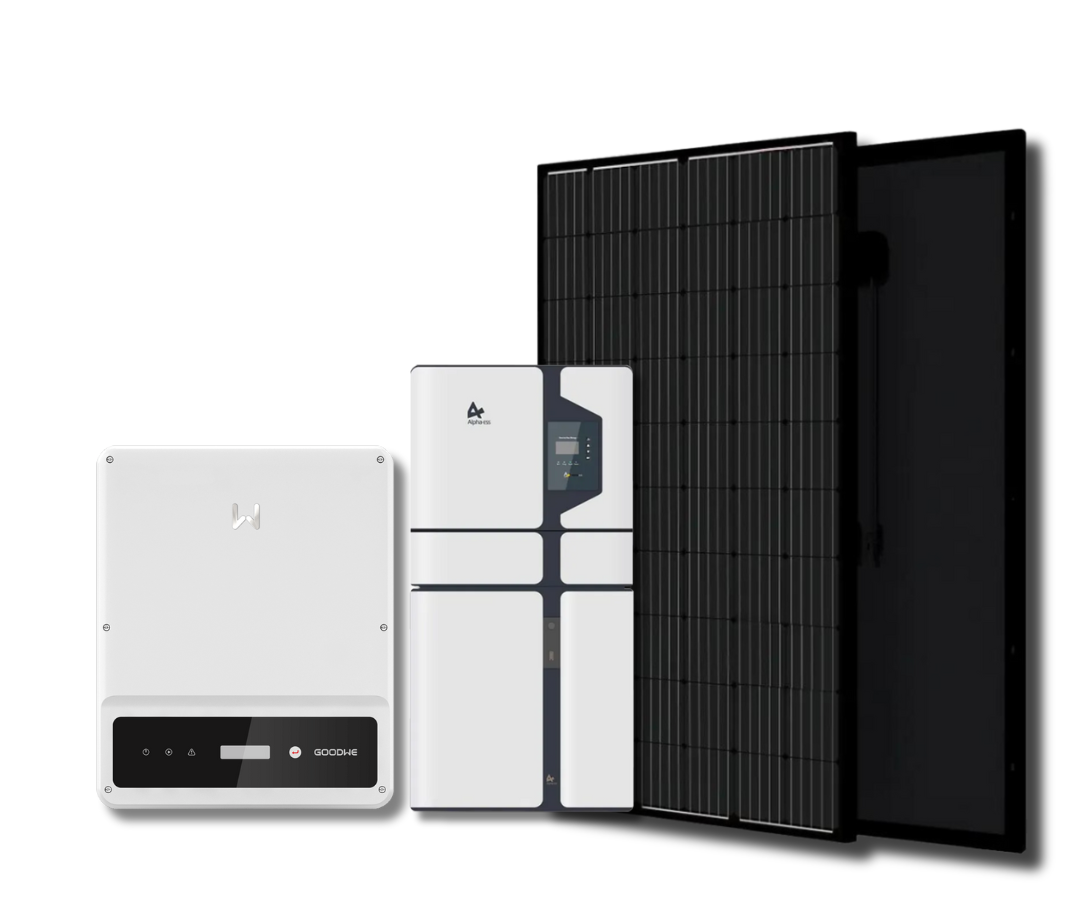
10kW Solar System Cost and Savings
The initial cost of a 10kw solar system may seem to be high, but the long-term savings are significant. Depending on your energy use and feed-in tariff, you may save between $2,500 and $4,000 per year on power expenses.
Within 3 to 5 years, most systems pay for their own costs, after which you enjoy free, clean energy for years. At Electrical Masters, we helps you understand your estimated payback time and system performance before installation.
If you’re wondering how much is a 10kw solar system, our professionals can give a personalised quote after examining your roof and energy demands.
Premium 10.56kW Solar Panel Installation in Melbourne

View the specifics of our 10.56 kW solar system installation in Melbourne to witness firsthand the calibre of work that combines the highest levels of workmanship and quality. Every system installation is handled with the same level of attention, using the highest calibre, long-lasting, and effective components. Our skilled professionals take pride in offering comprehensive solar solutions that help both individual and business customers save a significant amount of money on their energy costs while upholding environmentally responsible principles. Melbourne’s solar system installations are now more precise and dependable than before; choose us to see expertise at its finest!
10kW 3 Phase Solar System Price and Benefits
For homes with a 3-phase power connection, a 10kw 3 phase solar system is a suitable match. It balances power generation equally throughout all three phases, reducing voltage drops and enhancing performance.
The 10kw 3 phase solar system pricing is slightly more than a single-phase system, normally beginning around $10,000 to $14,000, but it’s great for larger residences or commercial buildings operating heavy-duty machinery.
With Electrical Masters, you receive modern 3-phase solar inverters that optimise energy production, boost grid stability, and future-proof your home for battery storage or EV charging.
10kW Solar System with Battery
Many customers choose to connect their 10 kw solar system with batteries to further decrease grid dependency. Although batteries add to the initial price, they enable you to store extra solar power for night usage, enabling real energy independence.
At Electrical Masters, we combine high-quality battery-ready inverters with your 10kw solar power system, so you can quickly add storage when it fits your budget. This flexibility makes your solar investment smarter and more sustainable.
How Many Panels in a 10kW Solar System?
If you’re still wondering how many panels in a 10kw solar system, here’s a simple breakdown:
Panel capacity: 400W per panel
Total panels: 25 panels (approx.)
Space required: Around 50m² of roof area
Our expert installers at Electrical Masters ensure every panel is placed properly to catch optimum sunlight throughout the day. With correct design and skilled installation, your 10kw solar system may reach ideal energy production all year round.
10 Kilowatt Solar System Cost and Payback
The 10 kilowatt solar system cost depends upon various factors such as inverter technology, panel type, and installation conditions. However, the financial return is steady – expect a payback time between 3 and 5 years under regular Australian energy tariffs.
When you invest in a 10kw solar power system from Electrical Masters, you also receive piece of mind with extended warranties, local support, and regular system monitoring.

Why Choose Electrical Masters for Your 10kW Solar System?
Choosing Electrical Masters is partnering with a reputable Australian solar business focused on quality, performance, and customer satisfaction. Here’s why homes and businesses select us:
- Certified Installers: All our installations are carried out by licensed SAA-accredited specialists.
- High-Quality Equipment: We use Tier 1 solar panels and efficient inverters from respected companies.
- Tailored System Design: Every 10kw solar system is designed to meet your roof layout and energy needs.
- Reliable Support: Our after-sales service guarantees you enjoy seamless performance year-round.
- Trusted Expertise: With years of expertise in solar technology, Electrical Masters has helped hundreds of Australians move to sustainable energy comfortably.
Premium Option of Inverter for 10kw system
Fronius Inverter
Key Features:
- High efficiency and long lifespan
- Advanced cooling technology for improved durability
- Smart monitoring and remote management
- Compatible with various solar panels and battery storage systems
Specifications:
- Power Output: 10kW
- Efficiency: Up to 98%
- Phase: Three-phase
- Warranty: 5–10 years (extendable)
Why Choose Fronius?
- Excellent reliability and performance in Australian conditions
- Top-tier European engineering
- Strong customer support and warranty coverage


SMA Inverter
Key Features:
- Smart connectivity for real-time system monitoring
- Hybrid capabilities for battery integration
- High efficiency with proven German engineering
- Safe and durable with built-in surge protection
Specifications:
- Power Output: 10kW
- Efficiency: Up to 98%
- Phase: Single-phase and three-phase options
- Warranty: 5–10 years
Why Choose SMA?
- Trusted global brand with decades of experience
- Hybrid-ready for future energy storage needs
- Strong after-sales service and technical support
Affordable Option of Inverter for 10kw system
Sungrow Inverter
Key Features:
- Cost-effective with solid efficiency rates
- Reliable performance in various weather conditions
- Compatible with multiple panel brands
Specifications:
- Power Output: Varies
- Efficiency: Up to 97.5%
- Phase: Single-phase and three-phase models available
- Warranty: 5–10 years
Why Choose Sungrow?
- Best value-for-money option
- Good reliability and efficiency for its price
- Well-supported with a local Australian service network

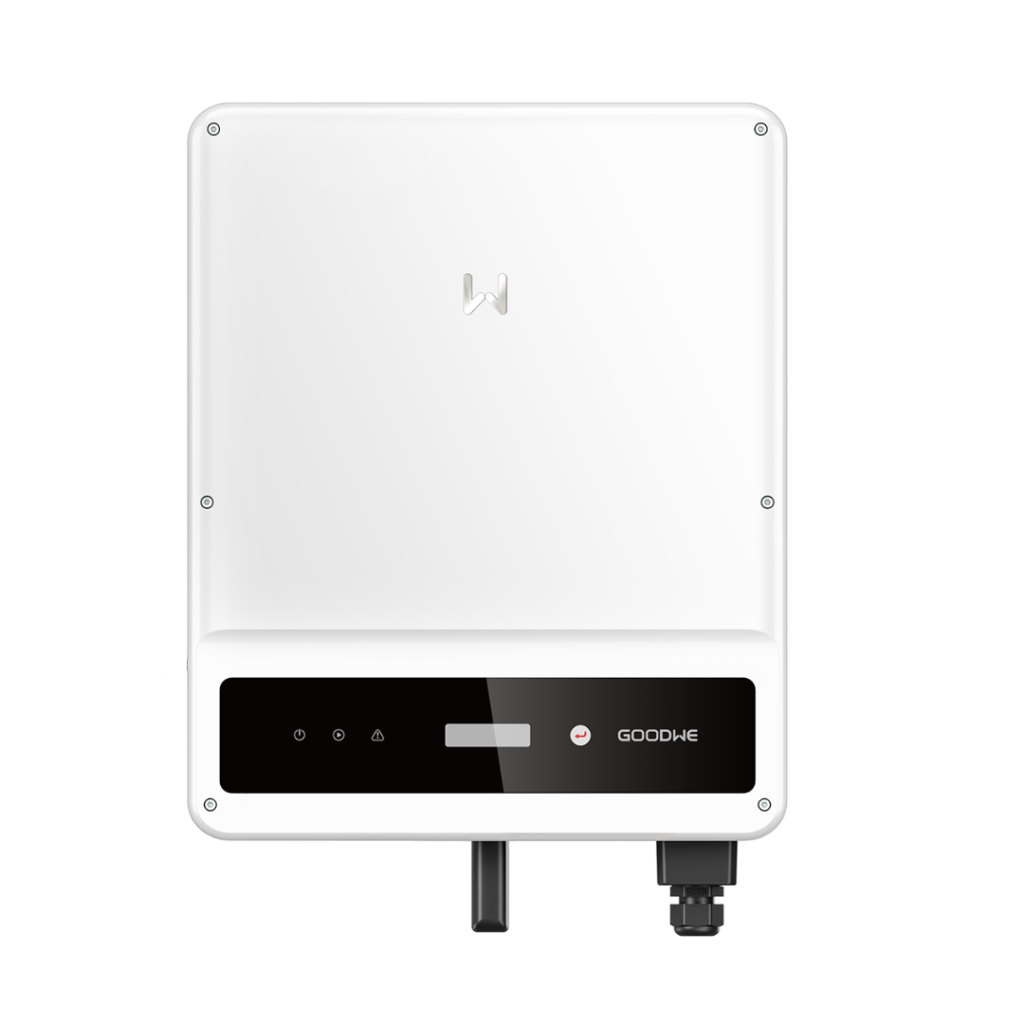
GoodWe Inverter
Key Features:
- Optimized for off-grid and hybrid solar systems
- Integrated battery storage compatibility
- Strong surge protection and safety features
Specifications:
- Power Output: Varies (5kW – 10kW models available)
- Efficiency: Up to 97.5%
- Phase: Single-phase and three-phase options
- Warranty: 5–10 years
Why Choose GoodWe?
- Ideal for remote and rural areas
- Battery-ready for energy independence
- Cost-effective with strong durability
Mid-Range Priced Option
SolarEdge Inverter
Key Features:
- Advanced DC optimization for maximum power output
- Built-in monitoring with individual panel tracking
- High efficiency with flexible system design options
Specifications:
- Power Output: Varies (5kW – 10kW models available)
- Efficiency: Up to 99%
- Phase: Single-phase and three-phase models available
- Warranty: 12–25 years
Why Choose SolarEdge?
- Best-in-class monitoring and performance optimization
- Longer warranty compared to most competitors
- Great balance between price, performance, and features
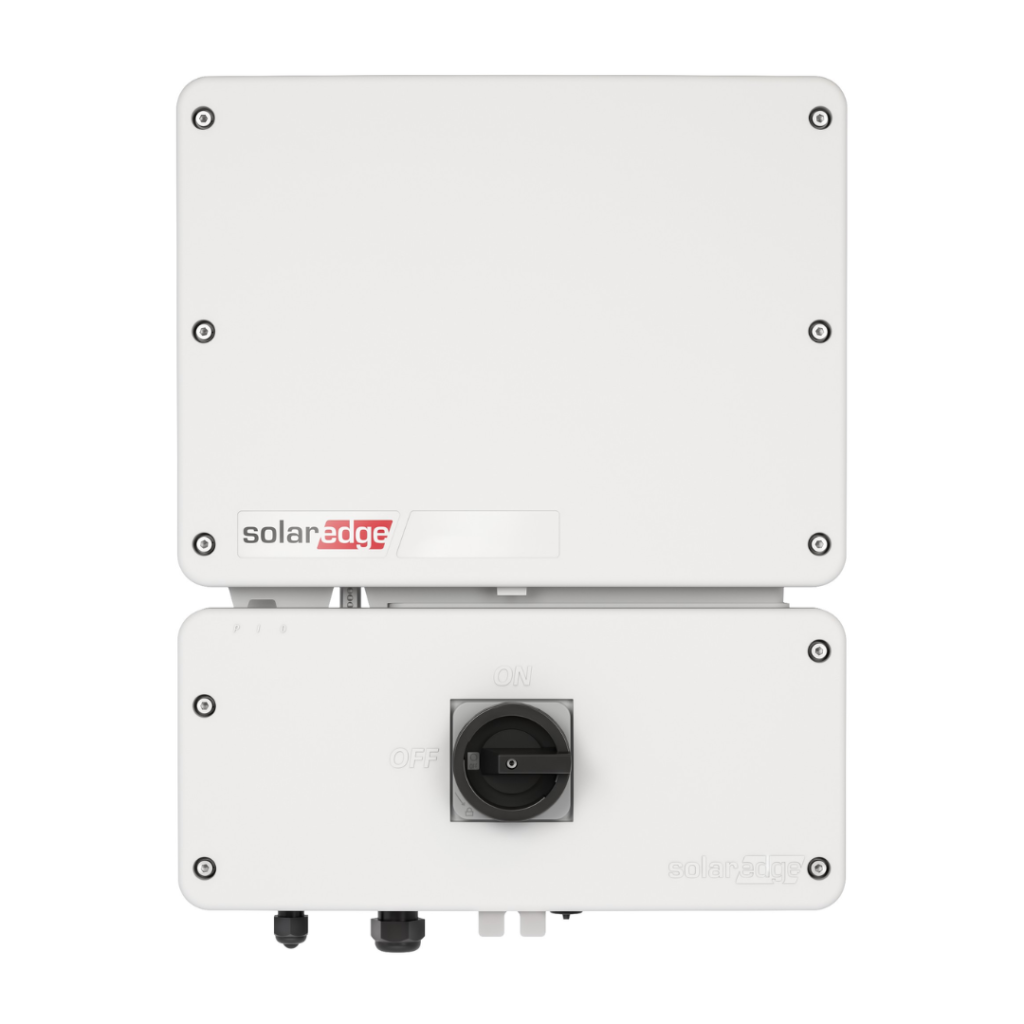
Talk to Our Expert
FAQ
On average, a 10kw solar system produces 38–45 kWh per day, depending on sunshine exposure and panel performance.
Most 10 kilowatt solar systems need 22–28 panels, depending on panel wattage.
The 10kw solar system cost in Australia normally ranges from $8,000 to $13,000, including expert installation.
Yes, at Electrical Masters, all our systems are battery-ready. You may simply increase Solar Battery when required.
If your monthly electricity expenditure exceeds $400, a 10kw solar power system is a good solution to balance your energy bills.

